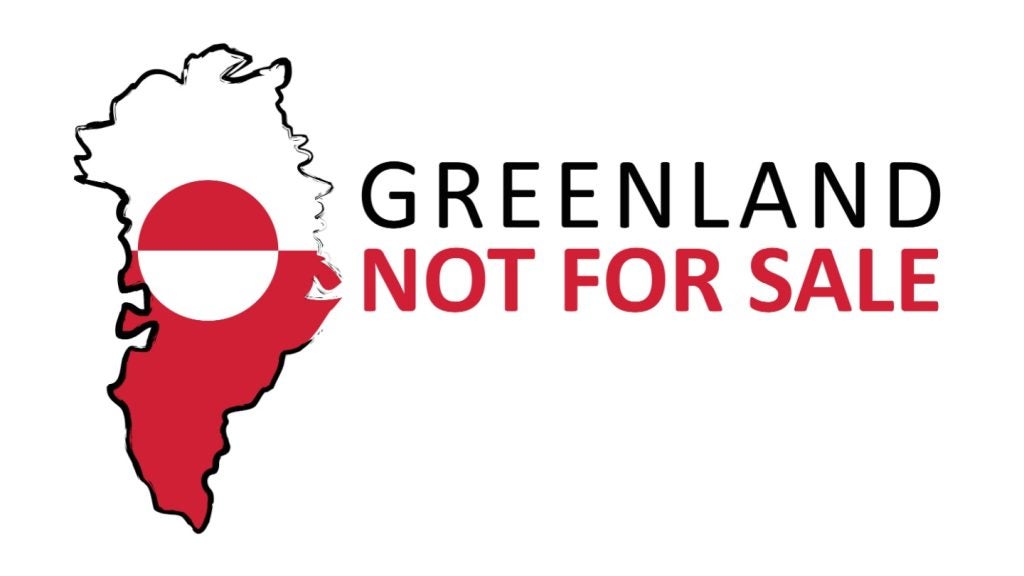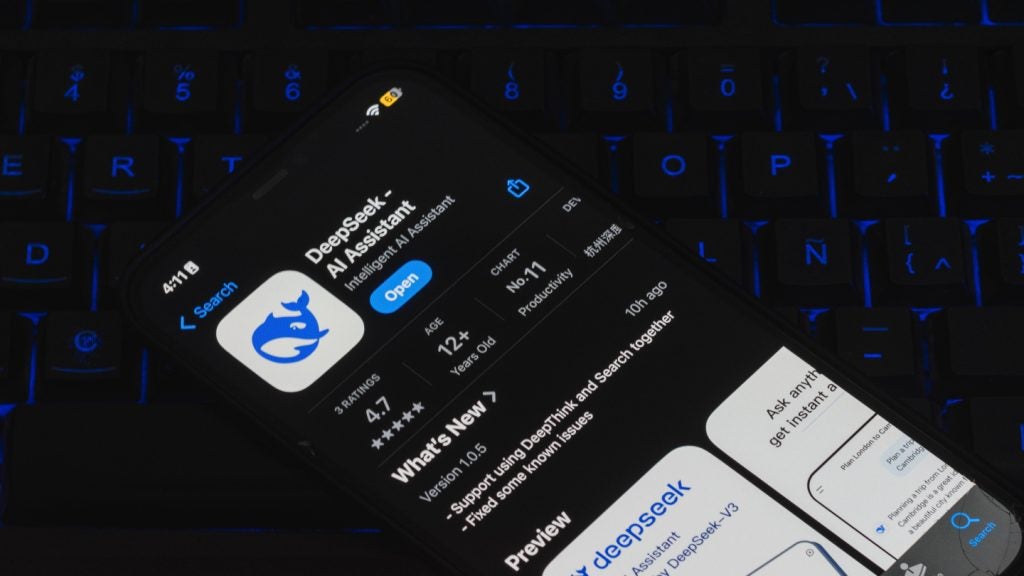Network operators have two new weapons in the battle to own the Internet of Things (IoT) — Narrowband IoT and LTE-M — and picking the eventual winner could give operators an early lead over their competitors.
Using either of these mean connecting devices to the internet is quicker, cheaper, and uses less energy.
Early momentum has favoured Narrowband IoT but LTE-M may prove to be a better fit for operators looking to boost IoT revenues.
In the past six months, operators worldwide have been anxious to showcase new network technologies optimised for IoT.
Last month, as Mobile World Congress Shanghai kicked off, the GSMA announced the success of its Mobile IoT Initiative, claiming nearly 75 operators deploying Narrowband IoT and 500 members in its Mobile IoT Innovators program.
The bulk of this focus has been on Narrowband IoT, which operators are using to establish new use cases, including smart agriculture and a variety of smart cities applications involving lighting, parking meters, smart buildings and the like.
How well do you really know your competitors?
Access the most comprehensive Company Profiles on the market, powered by GlobalData. Save hours of research. Gain competitive edge.

Thank you!
Your download email will arrive shortly
Not ready to buy yet? Download a free sample
We are confident about the unique quality of our Company Profiles. However, we want you to make the most beneficial decision for your business, so we offer a free sample that you can download by submitting the below form
By GlobalDataT-Mobile USA has become the latest Narrowband IoT operator, completing trials in July 2017 in advance of a planned national launch (though it has also invested in LTE-M).
Meanwhile, LTE-M deployments are just beginning to roll out.
The new technologies couldn’t come soon enough for network operators, whose steady decline in revenue from traditional voice and data services has led to a search for the next big thing.
For these operators, IoT looks like the answer, but there’s a problem: for all the hype, these network operators are struggling to make much headway — or more to the point, much revenue — from IoT.
For example, Vodafone reported €700m in IoT revenue in 2016, reflecting strong year-to-year growth but still representing just 2.3 percent of Vodafone’s wireless service revenue.
Similarly, Verizon’s $860m in IoT revenue in 2016 was up $170m from 2015; however, as a total Verizon wireless service revenue fell by $3.8bn during that period.
Clearly, initiatives so far have not been nearly enough to help staunch the decline in their traditional voice and data businesses.
The entry of these two new technologies — Narrowband IoT and LTE-M — gives cellular operators a new set of tools, but it’s clear operators haven’t truly figured out how to deploy them.
The case for Narrowband-IoT
Narrowband IoT, best suited to high-volume stationary deployments requiring very low data usage, has a number of potential use cases such as smart agriculture and utility monitoring; however, it faces competition from established non-cellular technologies.
Theoretically, Narrowband IoT should deliver an increasing cost advantage over these alternative technologies because of a large ecosystem of supporting suppliers.
However, cost advantage depends on volume, and so far volumes remain low.
This introduces a chicken-and-egg quandary for cellular operators: how to generate Narrowband IoT traction before sufficient volumes have been achieved to drive module costs down.
Without being able to tout a cost advantage, Narrowband IoT risks becoming a me too offering in a crowded marketplace.
The case for LTE-M
Enter LTE-M, which has advantages that Narrowband IoT doesn’t.
For instance, LTE-M supports mobility; in other words, modules can move, making it more conductive to connected cars and applications that involve a human.
LTE-M also offers voice connectivity and supports higher bandwidth, meaning clever developers could potentially build more interesting – and higher revenue-generating – applications that involve voice commands or video.
LTE-M’s earliest adopters have been AT&T and Verizon in the US; however, the technology is gaining momentum with a number of European operators, including Orange, Telefonica and KPN.
Considering cellular operators’ historical struggles in selling services beyond buckets of voice minutes and data megabytes, it is likely to be some time before LTE-M begins to really move the revenue needle.
However, early signs may indicate that LTE-M may be the vehicle that can provide a jump start to a faster growth curve for cellular IoT.








Related Company Profiles
Orange SA
Telefonica SA